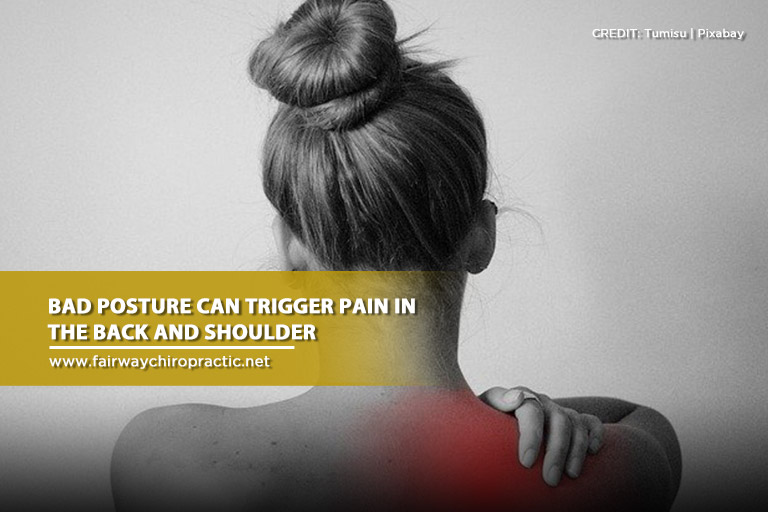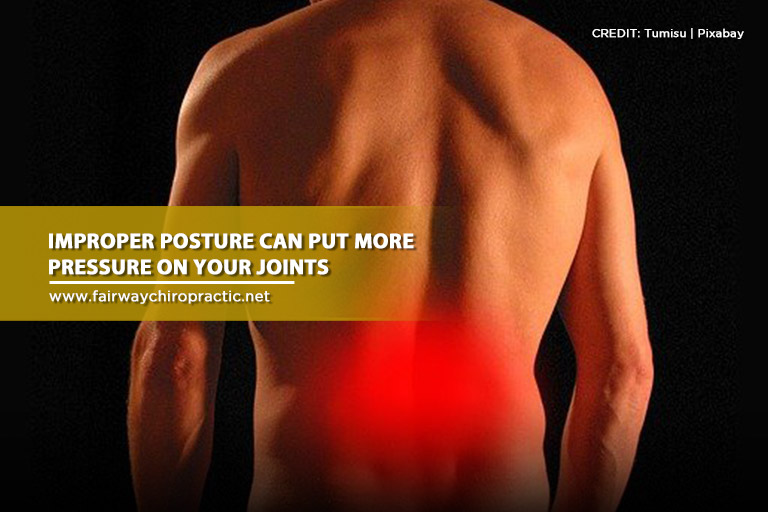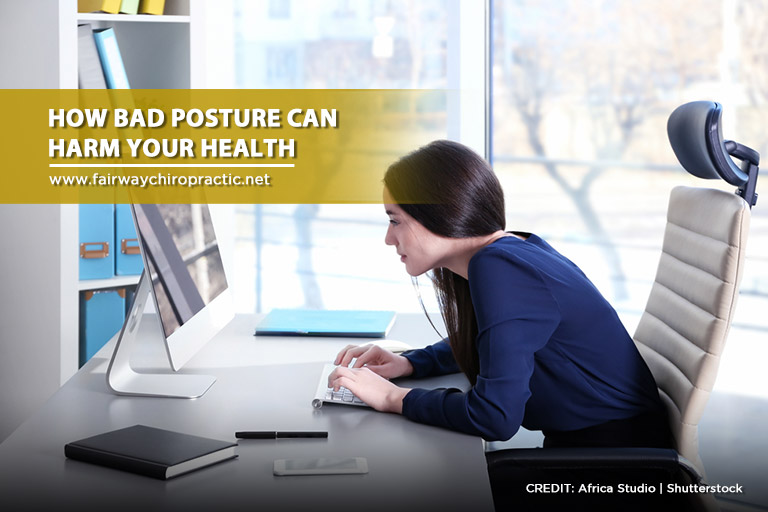Healthy posture is the correct alignment of body parts supported by the right amount of muscle tension against gravity. Our everyday movements and activities can affect this alignment and put stress on joints and muscles, sometimes resulting in pain and potentially permanent damage if left unchecked over time. Numerous factors can get in the way of good posture. Bad posture can come about by things like the day-to-day effects of gravity on our bodies. Bad posture may also occur due to an injury, an illness, or because of genetics—issues that, for the most part, you can’t control. A combination of these factors is also quite common. Utilizing proper ergonomic and movement strategies can help prevent these problems.
Types of Posture
It’s easy to spot someone with perfect posture. They stand tall with their shoulders and head in alignment with their back and legs. But few people have perfect posture. A poor posture not only looks bad, but it also impacts digestion, breathing, muscles, ligaments and joints.
So what are the different types of posture and is there one best posture?
Four of the most common types of posture include:
- Kyphosis Posture
Someone with a Kyphosis posture has rounded shoulders giving them an excessive back curve and hyperextended cervical spine. They often have a hunched-over appearance and depressed chest. This posture is commonly caused by degenerative changes in the body, muscle weakness and compression fractures.
Kyphosis posture problems are common amongst the elderly, office workers, large-breasted women, obese and very tall people.
- Lordosis Posture
Everyone’s spine curves a little in the lower back but people with a lordosis posture have an excessive curve, often with an increased pelvic tilt. The stomach and head are pushed forward too. Often called hollow or saddleback.
Lordosis posture is common amongst truck drivers and pregnant women.
- Sway Back
A swayback posture is where the pelvis is pulled forward, past the centre of gravity. To compensate for the shift in gravity, a person with a swayback will poke their head forward, and their upper back will curve forward. Their chest is often sunken, shoulders protracted and they have a tight upper abdominal muscle.
Swayback is most common in pregnant women, obese people who carry the weight in their abdominal region and teenagers who have some ‘attitude’ in their posture.
- Flat Back
Instead of the natural curves in the spine, the spine’s alignment is flatter than usual for people with a flat back. The pelvis is tucked in, causing people with a flat back posture to stoop forward. Standing for long periods is difficult and they can experience ongoing back and leg pain. Muscle imbalances are often to blame for this posture.
The flat back syndrome can be caused by Degenerative Disc Disease and compression fractures.
The best posture is the neutral posture where the spine, pelvis and hips all line up vertically. The impact of any movement is spiral in a balanced way. Only a small percentage of the population has the ideal neutral posture.
A neutral posture means the use correct of muscles so bones and joints are ideally aligned. Proper alignment decreases the chance of abnormal wearing of joint surfaces and stress on ligaments.
Here are some tips on how to improve your posture:
- Your head is straight not forward or back
- Your shoulders are level and in line with your ears
- The space between your arms and sides is equal
- Your hips are level
- Your stomach is flat
- Your lower back has a slight curve
- Your kneecaps are straight ahead not turned
- Ankles are straight
- Chin is parallel with the floor and not tilted up or down
Detrimental Effects of Poor Posture
Posture is the window to the spine and poor posture can indicate there may be a condition with a person’s spine. As we get older, bad habits such as slouching and inactivity cause muscle fatigue and tension that ultimately lead to poor posture. The complications of poor posture include back pain, spinal dysfunction, joint degeneration, rounded shoulders and a potbelly.
- Shoulder and Back Pain

Poor posture can contribute to shoulder pain. It can lead to rotator cuff tendons pressing on the coracoacromial arch of your shoulder, which causes pain when you move or lie on the side of the affected shoulder. Bad posture can also lead to the shortening and contraction of the lumbar muscles, which can contribute to unhealthy tightness and lower back pain. Back pain can also be caused by “military posture,” in which someone tries to stand or sit up ramrod straight, lifting his or her chest and causing the lower back muscles to work too hard. Typically this person would suffer from aching and unrelenting pain and burning in the upper back muscles. It also contributes to lower back pain, since pushing out your chest will cause your lower back to overextend.
- Poor Circulation
If you sit in a chair for hours every day with poor posture, you’re at risk of developing or worsening circulation issues. When you sit all day with poor posture, you’re preventing your body from getting the necessary circulation it needs. This can lead to varicose veins, which women are particularly at risk for. Taking the time to move throughout the day and making postural changes can not only help you have better posture but also prevent you from serious health issues later in life.
- Worsening Arthritis

Poor posture can lead to malalignment of your spine or knees, which can increase stress on your knees. This can be particularly detrimental if you suffer from arthritis of the knees. Over time, that malalignment can worsen the effects of arthritis by putting pressure on one part of the joint and causing pain. The pain can decrease your overall function and quality of life.
- Fatigue

Poor posture can negatively affect your energy level. When we have poor posture, we add tension and compression to structures that weren’t meant to bear that weight. These stresses and strains build up over time and wear down our bones, joints and ligaments, even changing the way our muscles fire. Not only can poor posture add stress and strain, but it can also cause you to become fatigued more quickly. This occurs because poor posture and gait require much more energy and work to maintain and compensate for. The better your posture, movement, and gait are, the more you can improve your energy efficiency.
- Sexual Function

Having poor posture while sitting can adversely affect your sexual function. Sacral sitting (rounded lower back sitting or slopping sitting), can be even worse than other postures.
Sacral sitting can have profound effects on men’s and women’s sexual function because this posture shortens and tightens the pelvic floor muscles, which are our primary sexual muscles. Weak pelvic floor muscles can affect the sexual function of men and women in different ways. Men with a shortened and tightened pelvic floor caused by poor sitting posture may have less stamina and could experience weak ejaculations. Women with pelvic floor issues may experience reduced sexual arousal and infrequent orgasms, research has suggested.
- Headaches

Bad posture can tighten neck muscles and compromise the natural curvature of your spine, which can lead to headaches. Tight neck muscles can send pain radiating up to the head.
- Breathing Difficulty
To breathe properly, your diaphragm needs to have enough space in the thoracic cavity to properly release and contract with each breath. Your ability to breathe optimally is boosted when your body is lengthened and in proper alignment. Poor posture and spine misalignment can compromise your ability to breathe well. Breath quality is important because the body needs to have oxygen to restore and rejuvenate the cells.
How Chiropractic Adjustment Correct Your Posture

Performed by a trained and licensed practitioner, a chiropractic adjustment is a gentle practice of manipulating precise areas of the body’s joints. If the body has a noticeable postural imbalance, like a high right shoulder, it can have a serious effect on the bodies’ nervous system and spine over time.
When you see the chiropractor, an assessment is done of your spine and joints to check for any joint restrictions or dysfunctions. If any are found, then a chiropractic adjustment is performed to correct them. A chiropractor will use their hands to induce movement in a joint that may be immobile, restoring the range of motion and reducing any interference of nerve communication throughout your body. An adjustment also helps to stimulate your body’s natural healing process, so that your body can work as it was meant to. Once joint restrictions and dysfunctions have been removed, then you can begin to work on improving your posture and your overall health through chiropractic treatments, exercise, and better nutrition.
Keep in mind that having good posture is good for the spinal cord. Generally, people with good posture sleep better, feel better, and have fewer aches and pains in the joints, back, neck, and head. Proper posture helps people have better digestion, improves organ function, and helps to make chiropractic treatments even more effective.
It is never too late to get help. A trip to a trusted chiropractor in Kitchener can help correct any postural problems that you may have. Count on Fairway Chiropractic Centre to provide you with a professional chiropractic adjustment to realign your spine into its proper position and relax the affected muscles. Give us a call today at 519-748-5535 to book an appointment or fill in our contact form to let us know your concerns.











